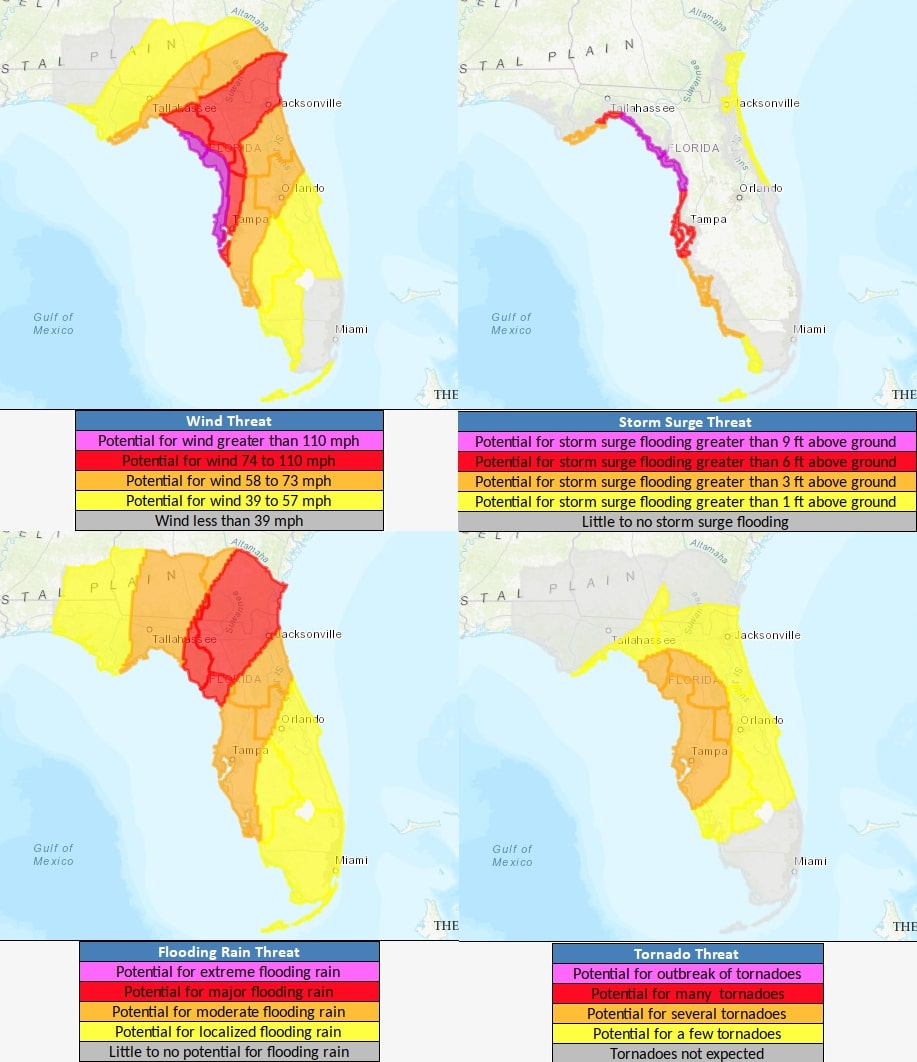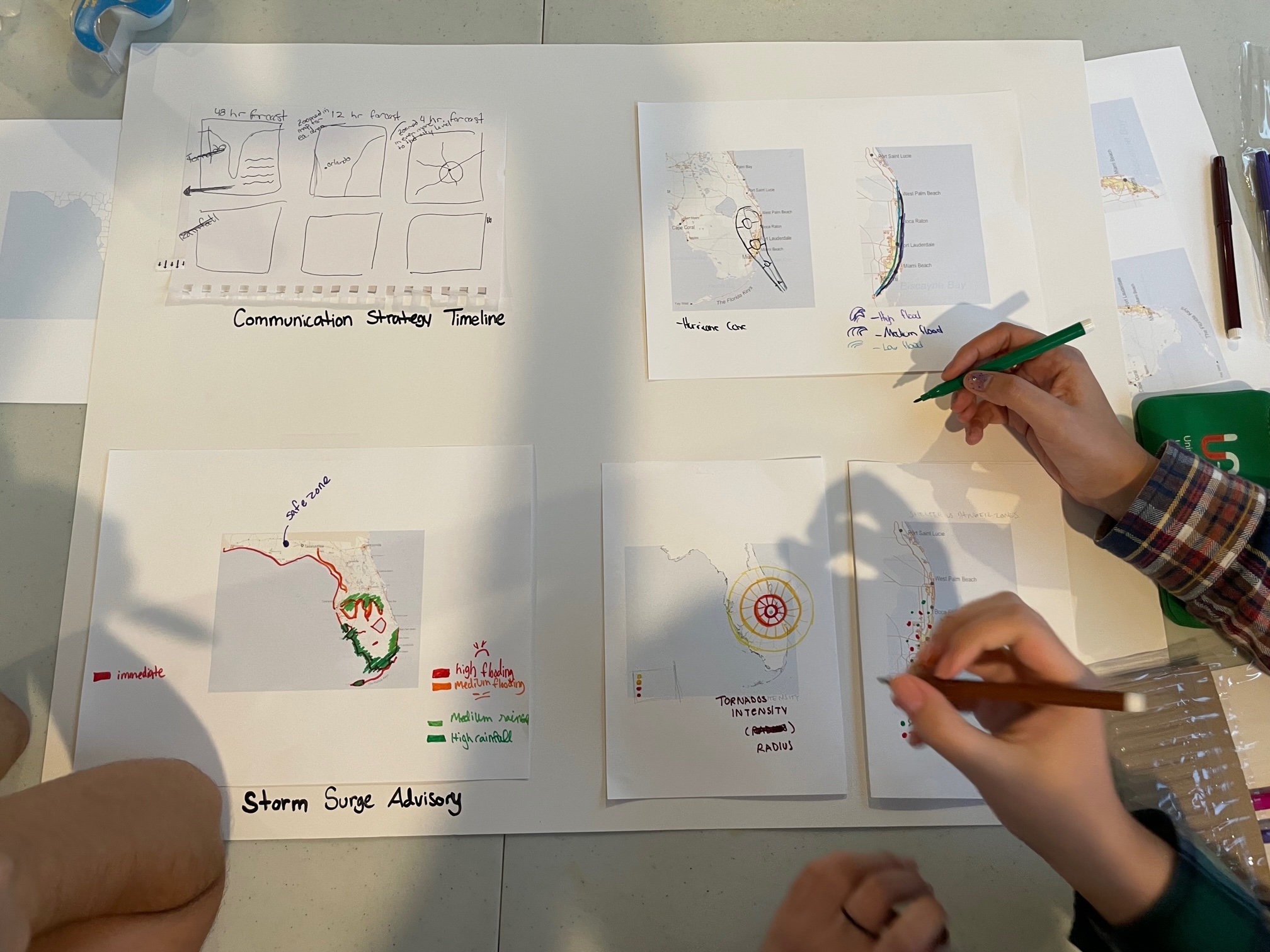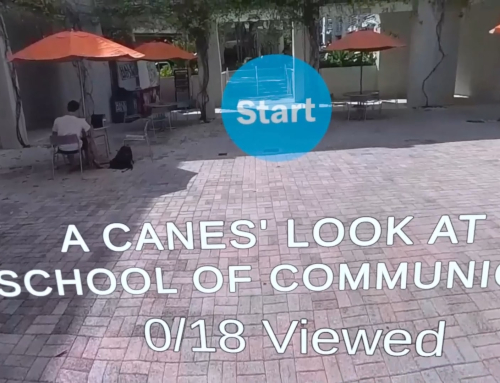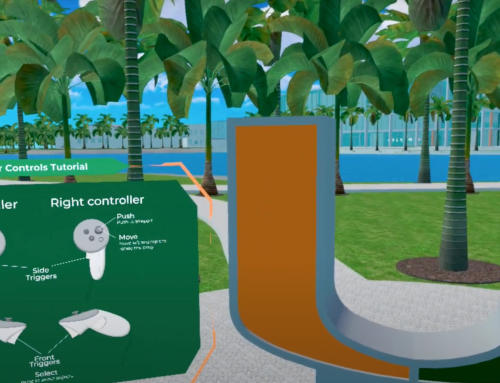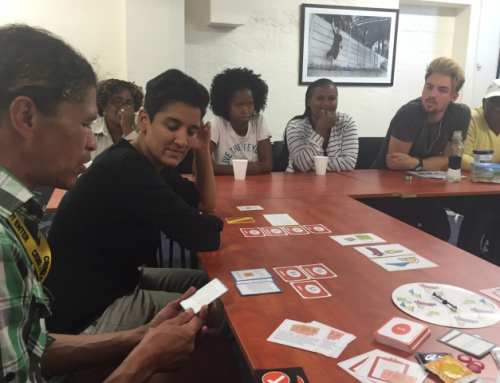Project Description
Current weather forecast graphics are difficult to interpret, leading to public misunderstanding ahead of hurricanes and other dangerous weather events. University of Miami researchers are collaborating with National Center for Atmospheric Research (NCAR) and National Oceanic and Atmospheric Administration (NOAA) to redesign how weather forecast graphics communicate risk and uncertainty through a user-centered design approach. In this approach, researchers study how people work with the graphics, identifying visual elements that lead to misinterpretations, where users are unclear as to the actions they should take to protect themselves and their homes. Our study focuses on multiple key design challenges: How can the uncertainty of an approaching storm be represented in a way that allows people to understand multiple potential threats and make appropriate protective decisions? How much information is optimal? When is the optimal time to present hazard-specific information? The project uses mixed-methods research, including community design workshops, interviews with broadcast meteorologists and emergency managers, and online experiments with the public. Our studies have demonstrated that graphical elements can be redesigned to improve peoples’ understanding of timing, risk levels, and threat categories. The methods we used can be applied to improve communication during other extreme, multi-hazard weather contexts to enhance public understanding and decision-making.
Project Press
Click below to read each article:










